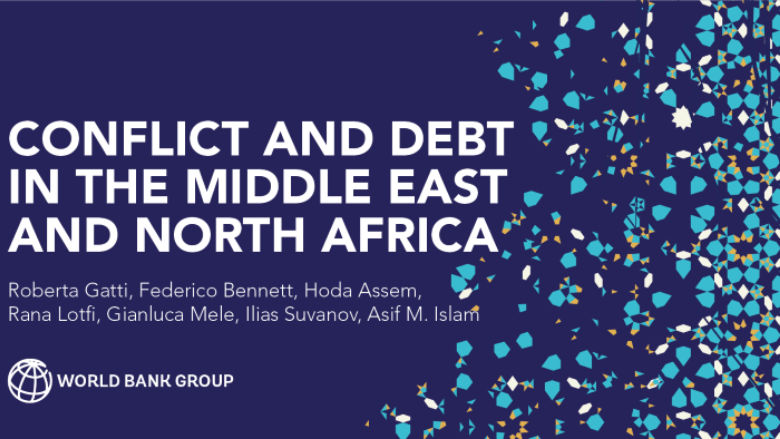Egypt, classified as a Lower Middle-Income country, had a GDP per capita of US$ 3,512.6 in FY23 (July 2022—June 2023). The country possesses significant potential to leverage its existing manufacturing and services sectors, a large domestic market, and strategic geographic location as a gateway to Africa, Asia, and Europe. These factors can be harnessed to attract both foreign and domestic investments.
Egypt is pursuing macroeconomic stabilization and structural reforms, underpinned by the IMF Extended Fund Facility (EFF), large-scale UAE investment deal in Ras Elhekma, and development partners’ financing including the World Bank and the European Union.
Notwithstanding the monetary tightening and exchange rate adjustment of March 2024 that helped ease the two-year-long foreign currency crisis, the escalation of the Middle East conflict continues to impact foreign income sources, especially the Suez Canal revenues. Further, scarring effects of the longstanding challenges that intersected with global shocks continue to manifest in key economic activities, notably the manufacturing, Suez Canal, and energy sectors.
Growth is expected to start a gradual recovery from an estimated 2.5 percent in FY24 (July 2023-June 2024) to 3.5 percent and 4.2 percent in FY25 and FY26, respectively driven by favorable base effects, as well as investment, notably that financed by the UAE deal. The budget deficit is forecast to widen from 3.6 percent of GDP in FY24 to 7.0 percent of GDP in FY25, mainly due to the higher interest payments and the vanishing impact of the (one-off) Ras Elhekma transaction, before starting to decline thereafter, supported by fiscal consolidation. External financing requirements remain substantial, with maturing external debt and repayment of arrears to International Oil Companies. Further, the widened current account deficit may put pressure on foreign currency resources, especially if the Middle East conflict continues to cast a shadow on the economy.
Key factors to unlock productivity growth, exports, and job-creation include: (i) Reorienting the role of the state as an enabler of private activity. This is critical for fiscal and external sustainability; (ii) creating a conducive business environment; and (iii) addressing human development needs.
Last Updated: Oct 03, 2024








